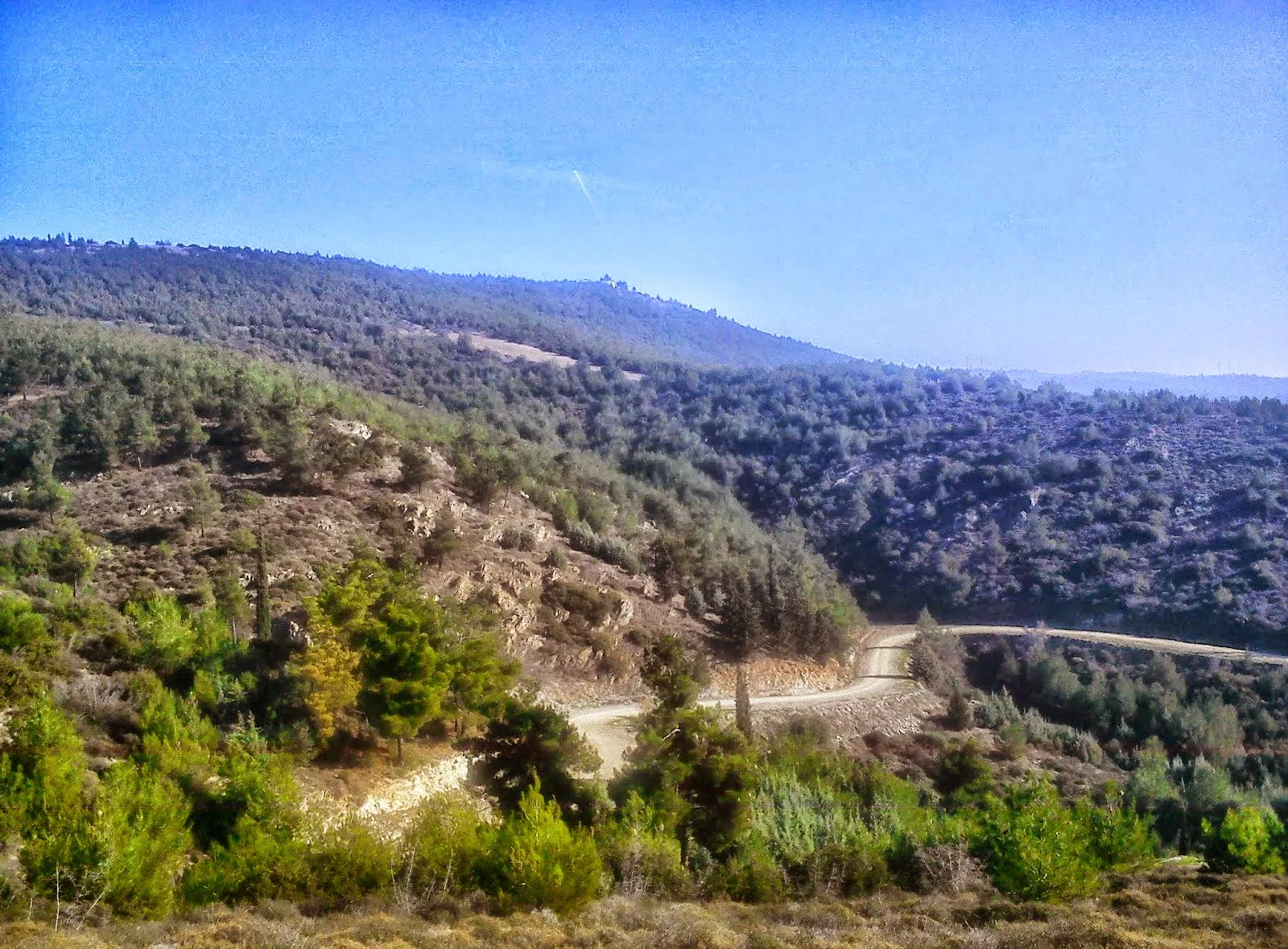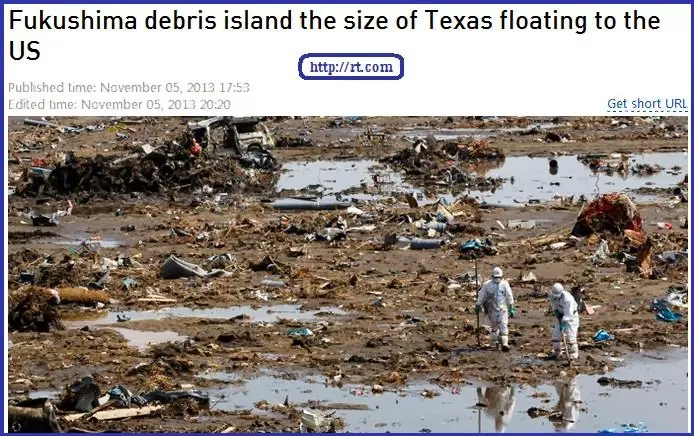European Commission, Press release, Brussels, 26 August 2014:
Greece is receiving support through the European Union's Civil Protection Mechanism to fight the forest fires raging in the central part of the country. France has responded to Greece's request for assistance in a matter of hours – its two fire-fighting planes are already operating in the affected areas.
"Forest fires are a risk we face every summer and this year is no exception; we will continue to support the efforts of Greece to prevent the fire from spreading towards populated areas.
The Commission is grateful to France for its prompt gesture of solidarity; I hope that other Member States will also be able to offer assistance," said Kristalina Georgieva, the European Union Commissioner for International Cooperation, Humanitarian Aid and Crisis Response. The European Commission's Emergency Response Coordination Centre (ERCC) is in contact with the civil protection authorities of the countries participating in the Mechanism.
The ERCC is actively monitoring the forest fire risks across Europe. It uses national monitoring services and tools such as EFFIS (the European Forest Fire Information System) and satellite imagery to provide an overview of the situation in Europe. Every summer, its experts hold a weekly videoconference with national authorities from countries at greatest risk of forest fires.
Background
The fire that broke out on 24 August in a forest region near Kalabaka, central Greece, has burnt around 400 hectares of land and is still active. Greece has also activated the satellite imagery service of the European Commission. Тhe Copernicus mapping system provides all actors involved in the management of natural and man-made disasters and humanitarian crises with timely and accurate satellite images of the affected areas. It can be activated only by authorised users, e.g. national civil protection authorities, through the ERCC.
The European Civil Protection Mechanism facilitates cooperation in disaster response among 31 European states (EU-28 plus Norway, Iceland, and the former Yugoslav Republic of Macedonia). The participating countries pool the resources that can be made available to disaster-stricken countries all over the world. When activated, the Mechanism coordinates the provision of assistance inside and outside the European Union. The European Commission manages the Mechanism through the ERCC.
The European Civil Protection Mechanism was activated 17 times over the last three summers to respond to forest fires inside and outside Europe. In 2012, for example, Greece has requested assistance at combatting forest fires for three times.
Furthermore, in June 2014 a major EU civil protection exercise, EU PROMETHEUS 2014, took place in Greece, testing cooperation and response capacities of Member States through the EU Civil Protection Mechanism. Among other things, the participating teams from a number of EU Member States were tested at combatting a huge wildfire near populated areas.
For more information.....................http://europa.eu/rapid/press-release_IP-14-949_en.htm?locale=en
26/7/14
--
-
Related:





 GR
GR FR
FR DE
DE ES
ES IT
IT RU
RU EU
EU